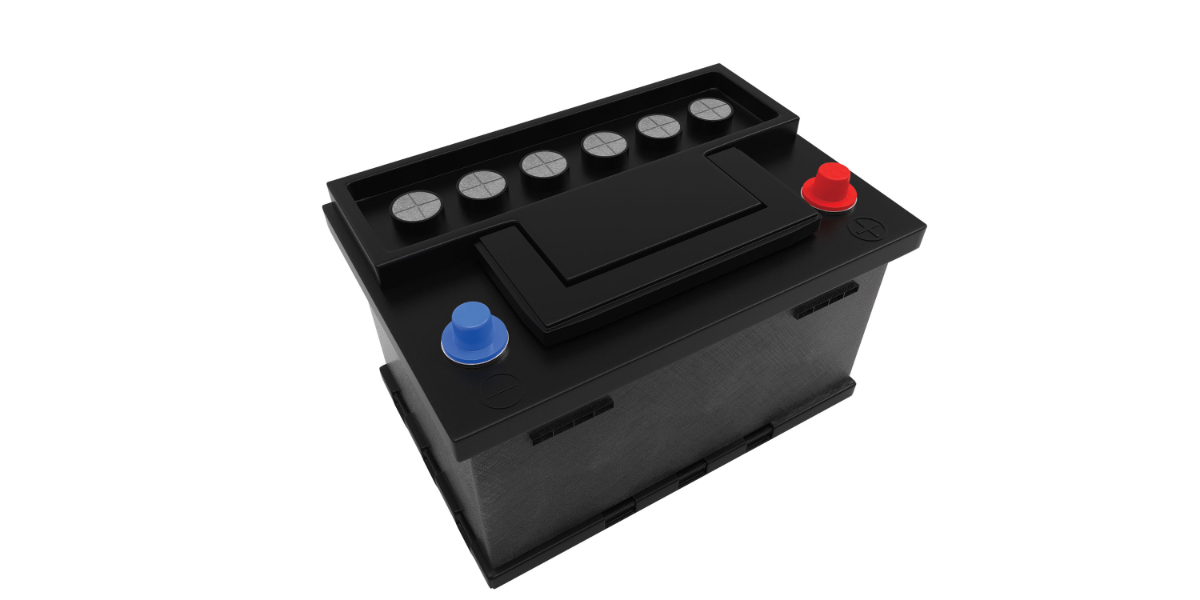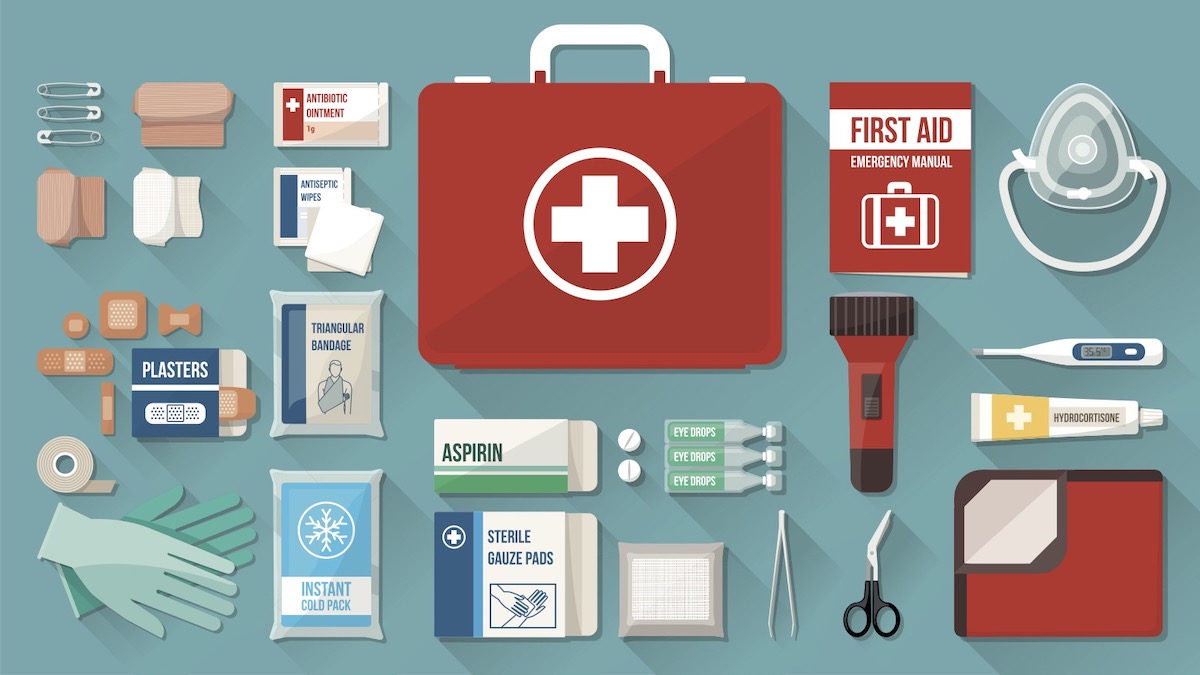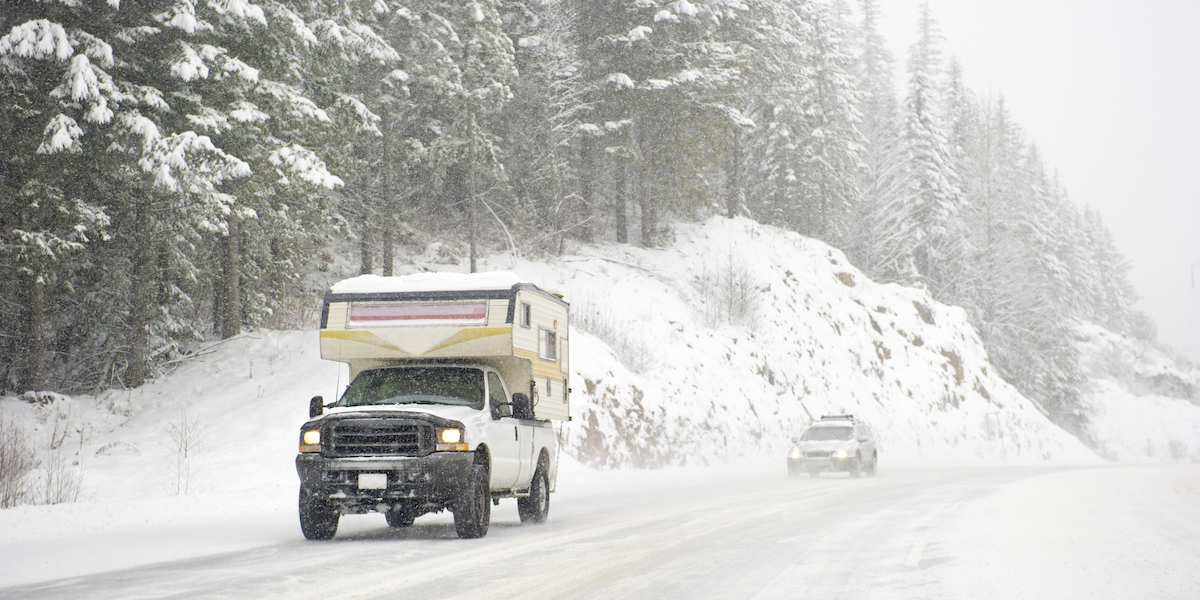Keeping Pests at Bay
Rodent and insect prevention helps your RV’s interior stay clean and ready to roll.
Image Caption: Closeup Portrait of Funny Raccoon Looking with Curious Face isolated on Black Background, Raising up paws
If you live the RV lifestyle long enough you will eventually host some unwelcomed visitors in your motorhome or trailer. No, we aren’t talking about your in-laws; the unwanted guests RV owners should fear the most are insects and rodents. Camping doesn’t always involve wilderness areas, but many of us camp in the forest. Places like state or national parks and even posh resorts can include wooded areas that serve as home for many RV pests we’d rather not accommodate.
Sometimes these visitors amount to a single harmless mouse that your pet notices before you do. Other times, small insects can find their way in and set up shop before you realize they’re even there. These little critters may seem harmless and pose little more than a nuisance to your life on the road, but other times it can be a major event that causes severe damage.
Typically, the largest visitor is a rat—or even a snake—that takes refuge in your RV’s basement, but on occasion your visitor might be much larger and potentially much more destructive, like a raccoon, possum, or other unwanted guest. So how do you keep your RV free from pests? Read on to learn some of the best tips and tricks to do just that.
Home Remedies
After a lot of research, we found that many homemade and commercial remedies simply aren’t effective at repelling rodents. For example, one thing we’ve always heard is to put dryer sheets in each cabinet or drawer of your RV’s living area and that smell will prevent mice from entering those areas. If nothing else, it makes the closed-up areas smell great and is super cheap, so we still do it even though it’s not proven method to repel mice. Others claim peppermint-oil-soaked cotton balls or even Irish Spring bar soap are deterrents against mice inside of drawers and cabinets, but there is little evidence to support this claim. Mothballs have such a bad odor that we wouldn’t use them even if they did help.
Seal Your RV
For mice and other small rodents, the best protection we can offer is to find and seal every entry point possible and seal it with something that mice won’t eat.
It will take some work to locate and seal all of your RV’s entry points—from the outside to the inside of the basement and from the basement to the RV—but if you’re willing to invest the time you can at least make it a lot more difficult for the rodents.
Generally, any area where something like a hose or pipe passes from the outside to the inside is an area with an entry hole. For example, areas in the wet-bay—where drain lines exit the RV and the water lines enter—are spots that you should inspect and then seal.
One commonly used product is spray-foam insulation, but that’s not in itself effective for preventing mice because they can eat through the foam. A better method is to fill the gaps with something like steel wool or brass scrubber pads first, then use the spray foam around and on top of the metal material. Once the mice encounter the steel wool they generally stop chewing and move on.
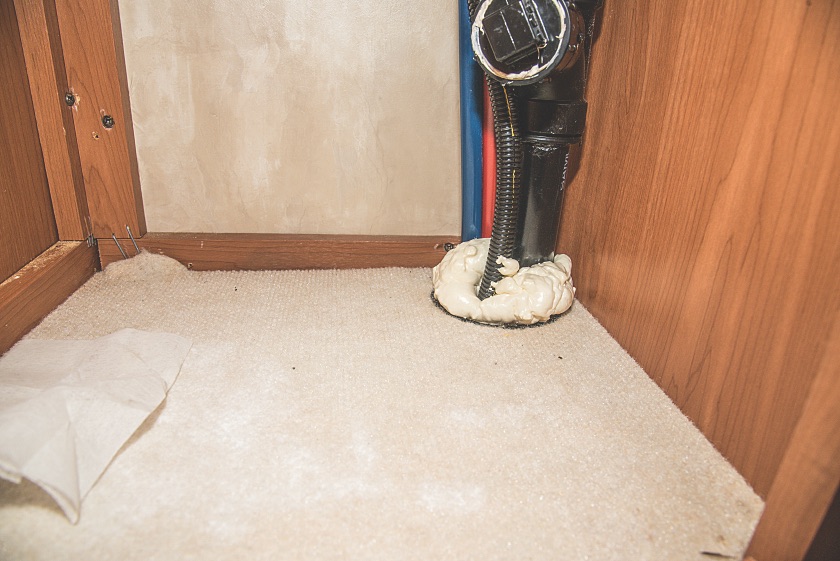
Prevent rodents and pests from every gaining entry with insulation foam.
Another area, at least in a diesel motorhome, is the front of the coach at the driver’s seat. There are holes in the firewall that allow wires to pass through, as well as the steering linkage, etc. Pull open the generator slide and look closely to find all those areas and seal them up as described previously. Then do the same in the bedroom under the bed; oftentimes, wires or ductwork passes through those areas.
Also, you’ll need to check under each sink, as those cabinets have holes in them for the drain lines to exit and for water lines to enter. Another advantage to sealing all these areas is that your coach will now be more airtight and less prone to engine or brake odors and dust passing into the motorhome while on the road.
If your RV’s basement is empty and you really want to get serious with your efforts, we suggest you also seal up the storage part of your basement from the wet-bay (usually toward the back of the coach) and the storage area of your basement.
If you look inside an empty basement you can see that there’s a huge bundle of wires and air lines that pass through from the engine compartment, overhead in the basement, and then finally all the way up to the front of the motorhome to the generator and front axle of the chassis. That large harness of wires has to pass through the basement, and it offers several points of entry for a critter to climb up through the wet-bay and then into the main basement of the motorhome, and from there into the living area.
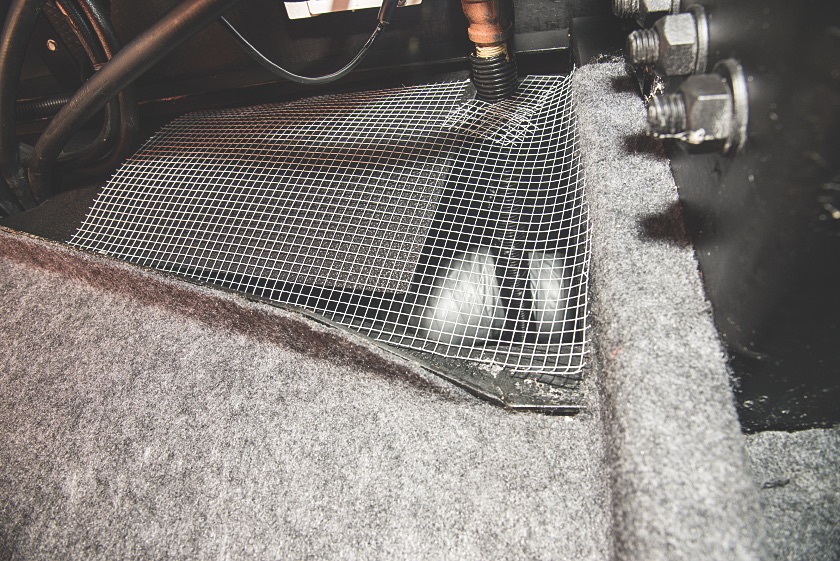
Steel mesh is a great way to seal off entry points.
The chassis itself usually has large cutouts in the braces or frame rails and often there is a lot of space around there that needs to be sealed up. A mouse can squeeze through tiny openings as small as a nickel or even a dime. Keep that in mind as you are searching for ways to seal your RV.
Keep Your RV Clean
Even with your best efforts it’s virtually impossible to seal up everything as well as a sealed plastic container, so in addition to this method of preventing rodents, we suggest you employ a second layer of defense inside the basement and the living quarters to provide additional protection. The first step is to make sure you keep your RV free of easily accessible food.
Usually, a rodent is looking for two things: food and shelter. If they find either, they will stay. So, clean up often and don’t leave food or even crumbs around for rodents or insects to eat; this includes pet food. Many other animals find pet food appealing, so make sure it is 100 percent sealed in a sturdy container. We encountered one situation where mice had carried dry dog food into the A/C vents of a motorhome and the dash had to be disassembled to remove the food that could be heard rattling around inside.
Consider Using Traps
If you’re headed to an area where you suspect mice are thriving, or if you already have them, it may be a good time to employ snap traps, glue traps, or box traps until the exposure is gone. Of course, you have to service them and reload them with food and dispose of the mice after catching them, so there is some work to this method.
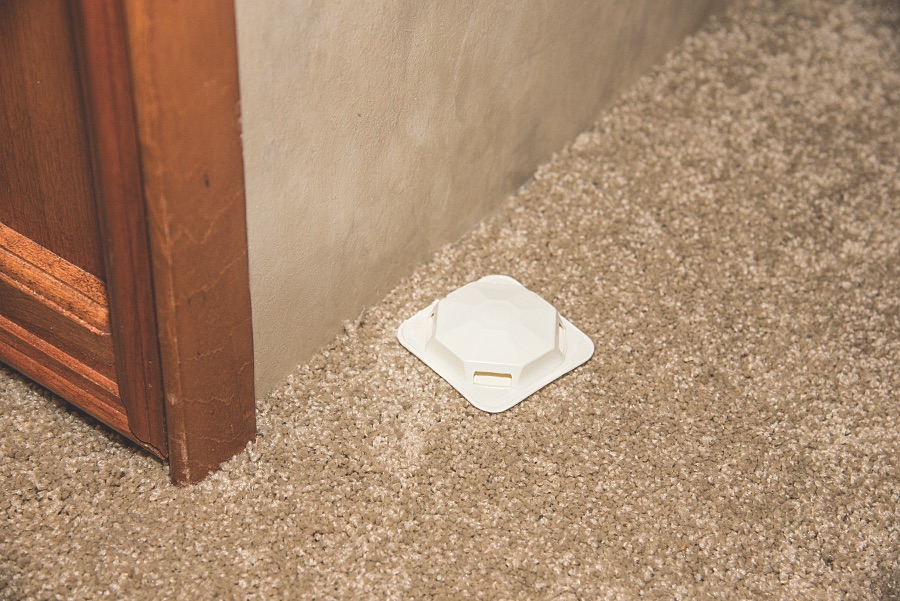
Box traps are a safe and effective way to trap and deter pests.
We don’t suggest using rat/mouse poison because it’s too easy for animals or children to access and it often leads to a dead mouse in an area that you can’t find but that you can smell. If you’re a cat owner, you already know they are experts at keeping your RV free of mice in the living area.
Spray for Bugs and Insects
Although insects don’t typically cause the physical damage of rodents, nobody wants to eat dinner with a cockroach at their feet. Another appetite killer is preparing a meal on the counter as you watch a line of ants march by. One of the best ways to reduce insects is to spray around the RV and in particular around the tires and the various water hoses, drain hoses, and other cables that touch the ground as you camp.
Usually, a good perimeter spray when you arrive, and a touch-up spray every week or so, helps to greatly reduce bugs around your RV. Also, inside we suggest using some of the indoor ant/bug bait stations. Hide them in areas your pets can’t reach and change them as directed. These bait stations do a great job.
No matter how hard you try to prevent these intruders, you will likely never be completely rid of them. But, if you employ the steps outlined above, you can limit their access inside of your RV. Then, for those bugs or mice that do get in, make it as hard as possible for them to find food. Finally, place bait stations around the RV for bugs and set traps for mice and you will be as prepared as you can be.

